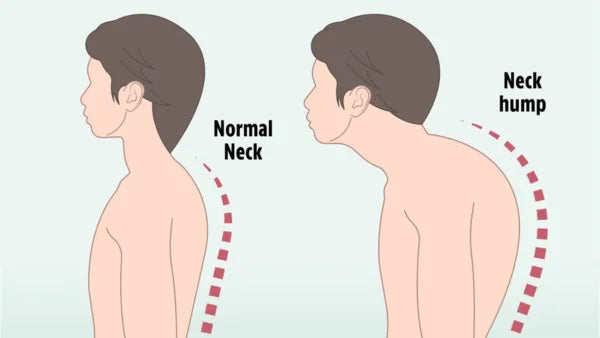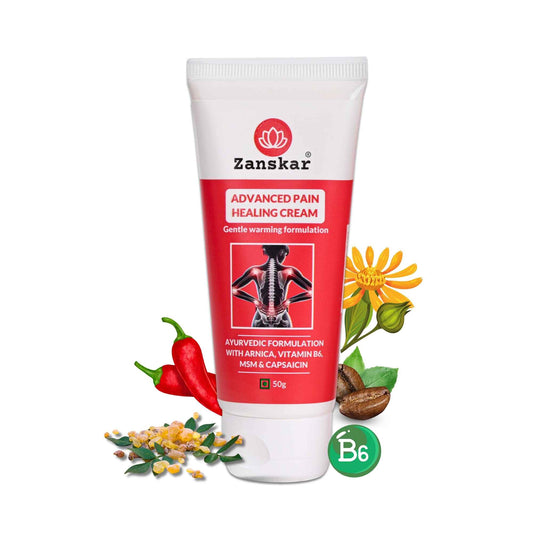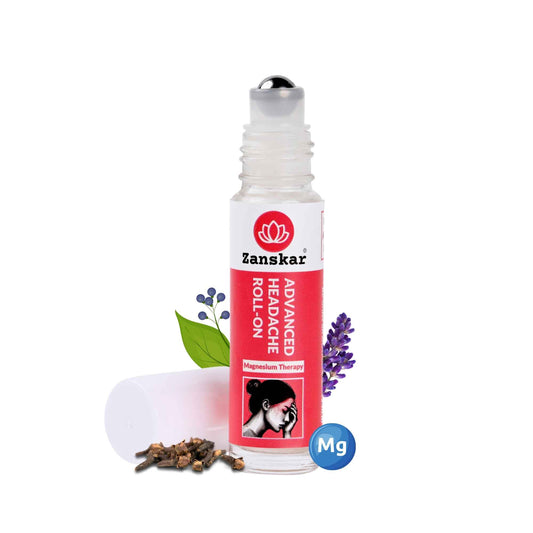
What causes a hump on the back of the neck, also known as Buffalo Hump?

2. Osteoporosis
Osteoporosis is a condition that results in the loss of bone, an increased risk of fracture, and a very rounded upper back. The upper back rounds when the weakened vertebrae at the top of the spine collapse.
- Muscle knot: Overuse, poor posture, and lack of muscle release can lead to the formation of tight, painful clusters of agitated muscles that feel like a hump on the back of the neck
- Boils / Cysts: Keratin material fills these lumps, which may take years to develop.
Your doctor can diagnose a buffalo hump with a physical exam alone. They will still need to order tests to identify the reason for the hump, though.
To start the process, your doctor will ask you about your medical history and any additional symptoms you have been experiencing.
Exercises and Stretches
Here are some stretches and exercises you can complete every day to improve your posture and improve outlook from having a buffalo hump.
1. Chin Tucks

2. Shoulder Rolls

3. T-Spine Windmill Stretch

4. Child's Pose

Outlook
The outcome for a person with a hump on the back of the neck relates closely to what causes it.
If a person is proactive, they can slow the progress of osteoporosis-related bone loss and reduce the risk of broken bones. Steps that they can take include eating a healthful diet and exercising.
Symptoms of kyphosis can appear in childhood, and early diagnosis and treatment can help correct the curve in the spine before the person reaches adulthood.
People with bumps on the back of the neck due to skin issues, such as boils, carbuncles, moles, and cysts, generally have a good outlook.
Learn More About Zanskar Health
If you have joint or muscle pain that makes it hard to move, Zanskar offers the most advanced full stack pain relief solutions for you.
Now available to purchase, Zanskar® Advanced Pain Care Products have a unique formulation of natural bioactive ingredients and provide lasting relief from muscle and joint discomfort that you can feel good about. Get your fix before stocks run out - buy now.
You can also gain access to therapeutic exercises and stretches for your condition by downloading the Zanskar Health physiotherapy mobile app. Additionally, you’ll have a personal care team to guide, support, and tailor our program to you, including behavioral and nutritional coaching.
Download our mobile app here 👉 download and track your exercise streak.
Medical Review: This article is written by Dr Nishtha Mittal (Senior Health Content Editor at Zanskar Health) and has been medically reviewed by the medical team at Zanskar Health. This article and its contents are provided for educational and informational purposes only and do not constitute medical advice or professional services specific to you or your medical condition.







